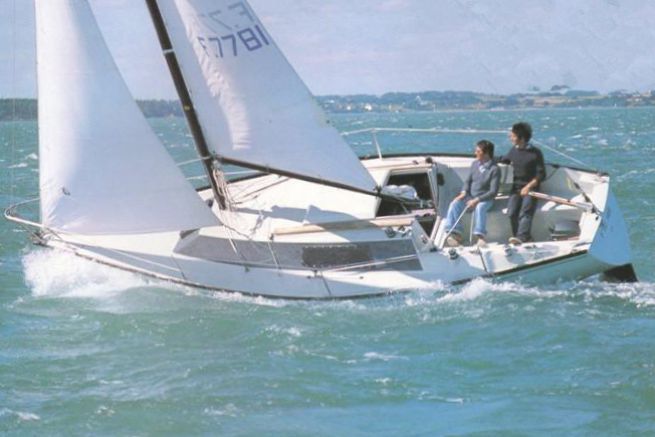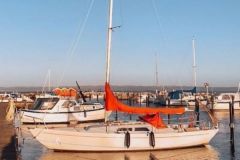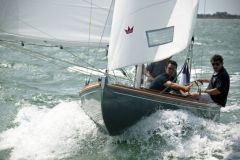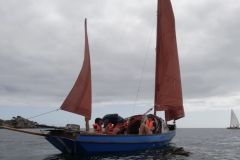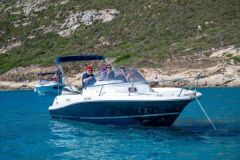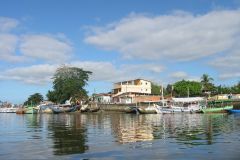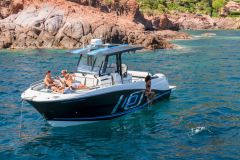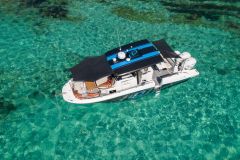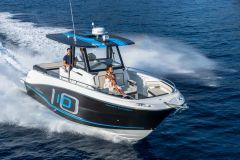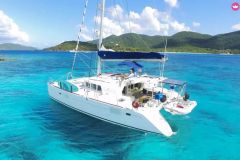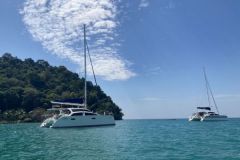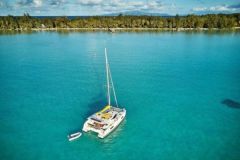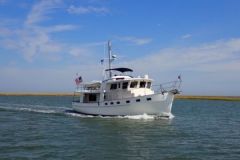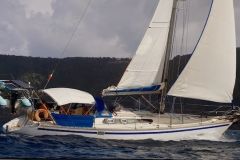- Price: from 4,000 euros
- Built from 1979 to 1982 in 200 units
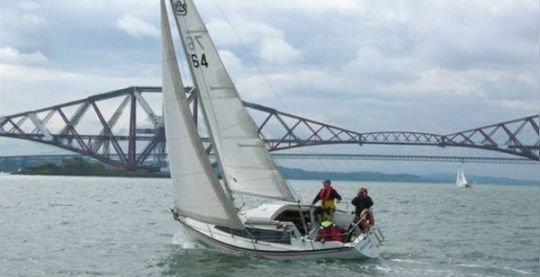
At the end of the 1970s, this Laurent Cordelle design was very resistant with its very pinched rear: its competitors - Kelt and Jouët 760, Fantasia, First 25 (the old model, of course) - opted for much wider vaults. It is almost surprising that this architect, a renowned sailor in La Rochelle, was not tempted to innovate... On the other hand, at Dufour, there are very wise 2800 and the rebel T7 - released in 1980.
As a result, this 1800 (it's its weight in kilos, a marketing quirk) is a classic with its very balanced volumes. And nearly 40 years - already! - after its launch, this small cruiser can boast of remaining very elegant.
An old-fashioned deck layout
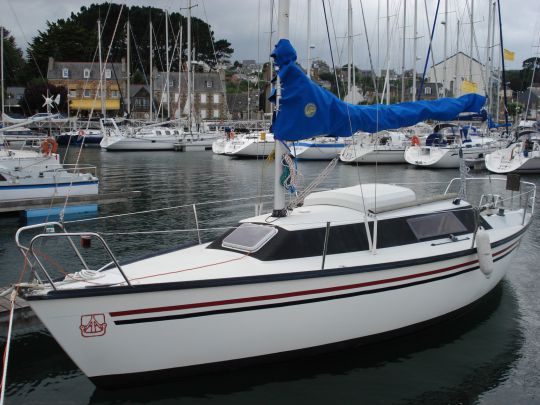
At the end, necessarily, a narrow cockpit... if the benches are of standard size, the coamings are reduced to a small portion. As a result, when you recall, comfort is not there. Especially since the 1800 requires, in order to function properly, that the crew move towards the main beam. The pretty transom, on the other hand, is not very suitable for swimming.
The gangways and the front deck are well clear, ensuring good circulation to the bow forceps.
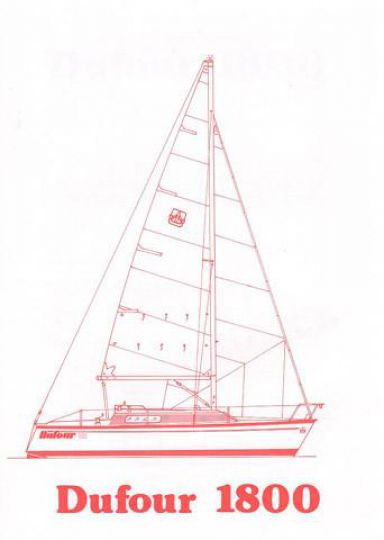
The fittings are fine - however, an upgrade is not a luxury. Moderately canvas with a 7/8 rigging th which distributes the mainsail and genoa surfaces rather well, the 1800 is never demanding.
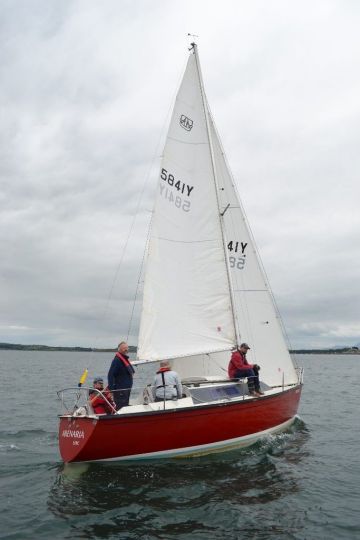
Amazing performance for some models, but not all...
A rather round hull with a narrow cross-section and a narrow stern guarantees a minimum wet surface; the 1800 is therefore well equipped to ride in light airs. Yes, but here it is: no less than four versions have been produced. The weighted dinghy reduces the draught of the raised drift to 75 cm but adds 50 kg and has a poor anti-drift plan when sailing. Same punishment for short ballast - 1 m draught. The standard ballast does better, but it is logically outperformed by the GTE and especially the CS version, recognizable by its light turquoise hull livery and black anodized mast. Downwind in the breeze, the 1800 remains a little restrained but proves to be balanced and safe upwind.
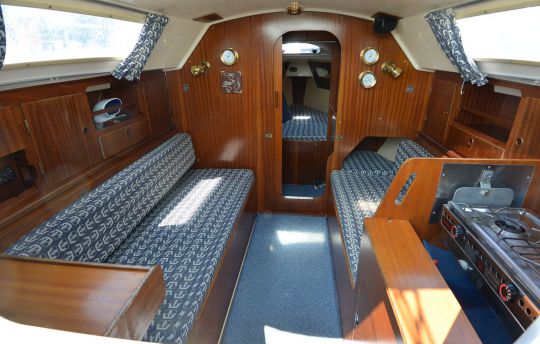
Conventional moves
No rear cabin, of course... whereas since 1981, the Fantasia has been setting this new standard. There is therefore an unoriginal layout with a chart table and kitchen near the descent, a large saloon - it can be transformed into a double berth and offers extra berths on the planks -, a toilet and finally a double berth in the bow.
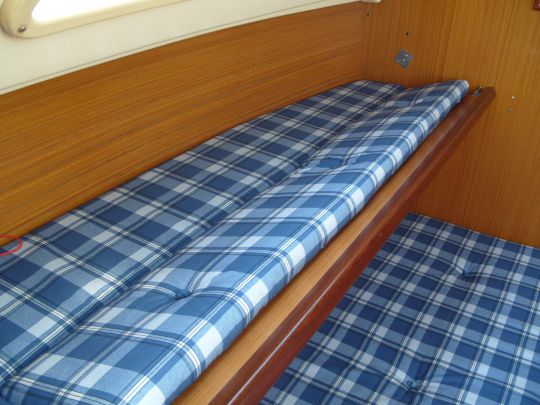
The diagnosis of Bateaux.com
At the time of its launch, the 1800 was considered a little cold with its multiple visible counter-mouldings. But the overall advantage is that it remains very clear. In fact, few structural problems have been reported with this model. We still have to check the condition of the diesel engine; an original engine is likely to be out of breath... Our best choice is an in-board engine - the outboard on this model, both in the well and on the transom, is not a panacea. And the CS version is a great opportunity to race at a lower cost.
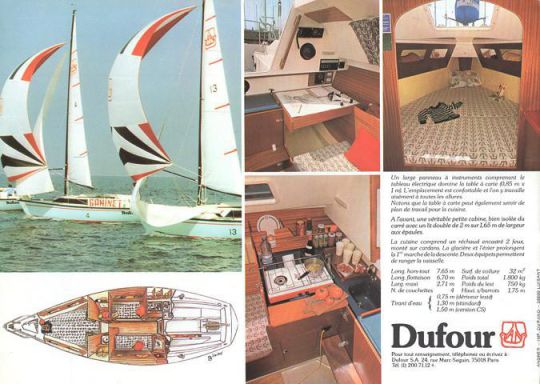
The benefits include
- Attractive price in view of the services provided
- Pleasant accommodation at sea
- Sailboat and strong sailboat
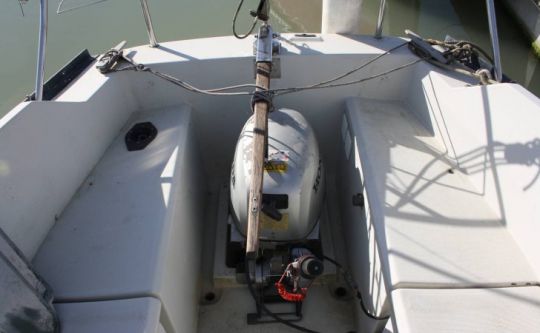
The disadvantages
- Narrow cockpit
- Aft transom not suitable for swimming
- Many variations are detrimental to performance
But what is it missing?
A comfortable cockpit, a skirt and an aft cabin... but it is a little thanks to these defects that the 1800 improves with age!
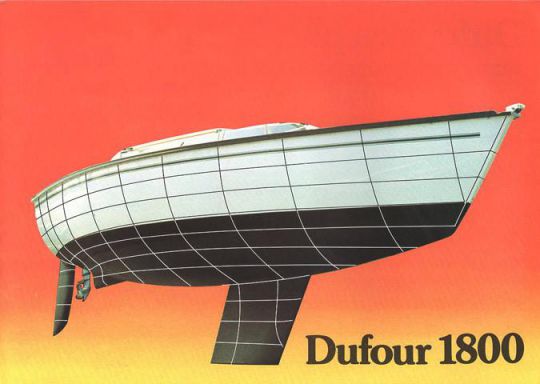
The equivalent today?
The Maxus 26 in the cruising register and the Django 770 for performance and regatta. In the spirit of a marine and versatile sailboat, the First 25 remains close by.
